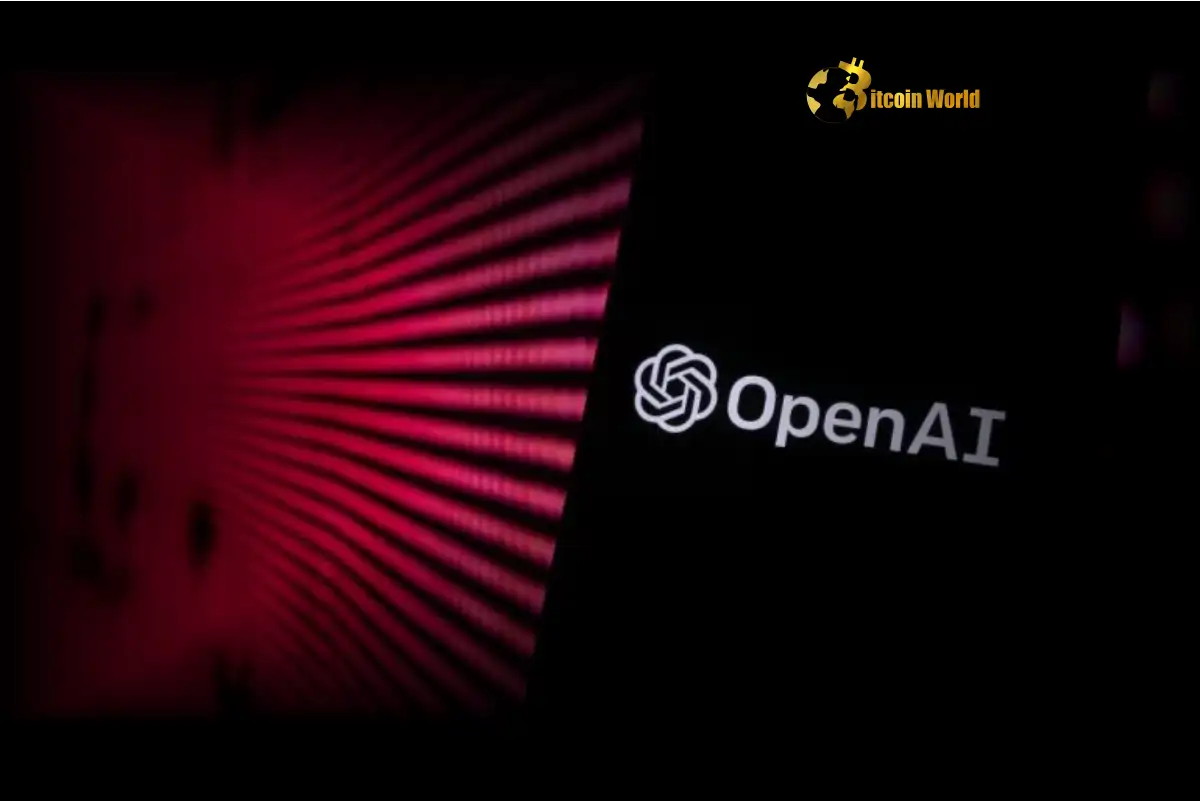OpenAI Restructuring Reveals Complex Future Challenges
0
0

For anyone following the intersection of artificial intelligence and corporate governance, OpenAI’s recent moves are significant. This isn’t just a technical story; it’s about how a leading AI company structures itself, impacts investors, and navigates intense regulatory scrutiny. The latest update involves a major OpenAI Restructuring plan, moving away from its previous, somewhat unusual setup. This shift has big implications, not least for potential IPO Prospects and how the company balances its mission with commercial goals.
Why the Shift in Corporate Structure?
OpenAI announced a new corporate structure plan following discussions with attorneys general in Delaware and California. These states have been watching closely as OpenAI sought to change its unique arrangement where a nonprofit board oversees for-profit operations. The core of the new plan is to convert OpenAI’s for-profit entity into a Public Benefit Corporation (PBC). However, this PBC will still remain under the control of OpenAI’s original nonprofit board.
This change aims to address concerns from both regulators and investors. Regulators are interested in ensuring AI development benefits humanity, aligning with OpenAI’s stated mission. Investors, who have poured billions into the company, expect a return on their investment. A more conventional Corporate Structure could potentially satisfy both parties, offering greater clarity and potentially simplifying future fundraising efforts.
What Does Public Benefit Corporation Mean for OpenAI?
A Public Benefit Corporation (PBC) is a type of for-profit entity that is legally required to consider the impact of its decisions not only on shareholders but also on society and the environment. While still focused on profit, a PBC has a broader mission embedded in its charter. In OpenAI’s case, this likely means the PBC will be obligated to consider the benefit of artificial general intelligence for all humanity, echoing the nonprofit’s original charter.
Under the proposed structure, the OpenAI nonprofit will control and hold a significant shareholder position in the new PBC. This differs from a previous plan that would have spun the for-profit arm out from under the nonprofit’s direct control. This continued control by the nonprofit, while potentially appeasing some concerns about mission alignment, introduces complexities, particularly regarding asset ownership and decision-making authority.
Navigating AI Regulation and Legal Pressure
The backdrop to this OpenAI Restructuring is increasing pressure from various fronts, including growing calls for clearer AI Regulation. Attorneys general have been involved, reviewing OpenAI’s plans to ensure they align with legal and charitable obligations. Just recently, former OpenAI employees urged state AGs to block the restructuring, arguing it conflicted with the company’s founding charitable principles.
Major investors, including Microsoft and Softbank, are also key stakeholders. Their multi-billion-dollar investments are reportedly contingent on a successful restructuring. Microsoft, OpenAI’s largest partner, is reportedly seeking assurances that its investment is adequately protected under the new Corporate Structure. Approval from these key investors is crucial for the plan’s success.
Perhaps the most public pressure comes from Elon Musk, an OpenAI co-founder now competing with the company. Musk has not only filed a lawsuit accusing OpenAI of abandoning its nonprofit mission but also reportedly made a significant takeover bid for the nonprofit assets to complicate the for-profit transition. A recent court decision denying some of OpenAI’s motions in Musk’s lawsuit was seen as a small win for him and may have influenced OpenAI’s change in course, though OpenAI leadership has reportedly denied this connection.
Challenges for OpenAI’s IPO Prospects
One significant question raised by the new structure is its impact on OpenAI’s IPO Prospects. While the shift to a Public Benefit Corporation makes a public offering theoretically possible (nonprofits cannot go public, but PBCs can), experts highlight potential hurdles. A major challenge is the ownership of core intellectual property (IP).
Corporate governance experts like Stephen Diamond note that if the critical AI technology and IP remain at the nonprofit level, merely licensed to the PBC, what exactly would an IPO represent? Shareholders typically invest in a company that owns and controls its primary assets. If the PBC only has a license to the valuable IP held by the nonprofit, the investment proposition becomes less clear and potentially less attractive to public market investors.
Furthermore, the continued control by the nonprofit board means shareholders in the PBC would likely have limited influence over major corporate decisions, unlike in a typical public company. This limited shareholder control could make an IPO much more difficult, according to experts like Rose Chan Loui from UCLA’s Law Program on Philanthropy and Nonprofits. While OpenAI states an IPO is theoretically possible under the plan, they currently have no intention of going public, according to a spokesperson.
What Does This Mean for the Future?
OpenAI’s decision to pursue this new Corporate Structure is a direct response to the complex web of regulatory scrutiny, investor expectations, and internal/external pressures it faces. The move to a Public Benefit Corporation controlled by the nonprofit attempts to bridge the gap between its mission and commercial realities.
However, the path forward is not without challenges. The structure’s complexity, particularly regarding IP ownership and shareholder influence, casts a shadow over future IPO Prospects and fundraising efforts. Success hinges on appeasing regulators, securing investor confidence (especially Microsoft’s), and navigating ongoing legal battles, such as the one with Elon Musk. The outcome of this OpenAI Restructuring will be a critical case study in how leading AI companies balance rapid commercialization with ethical considerations and their founding missions, all under the watchful eye of increasing AI Regulation.
To learn more about the latest AI regulation trends, explore our article on key developments shaping AI features.
0
0
 Manage all your crypto, NFT and DeFi from one place
Manage all your crypto, NFT and DeFi from one placeSecurely connect the portfolio you’re using to start.





